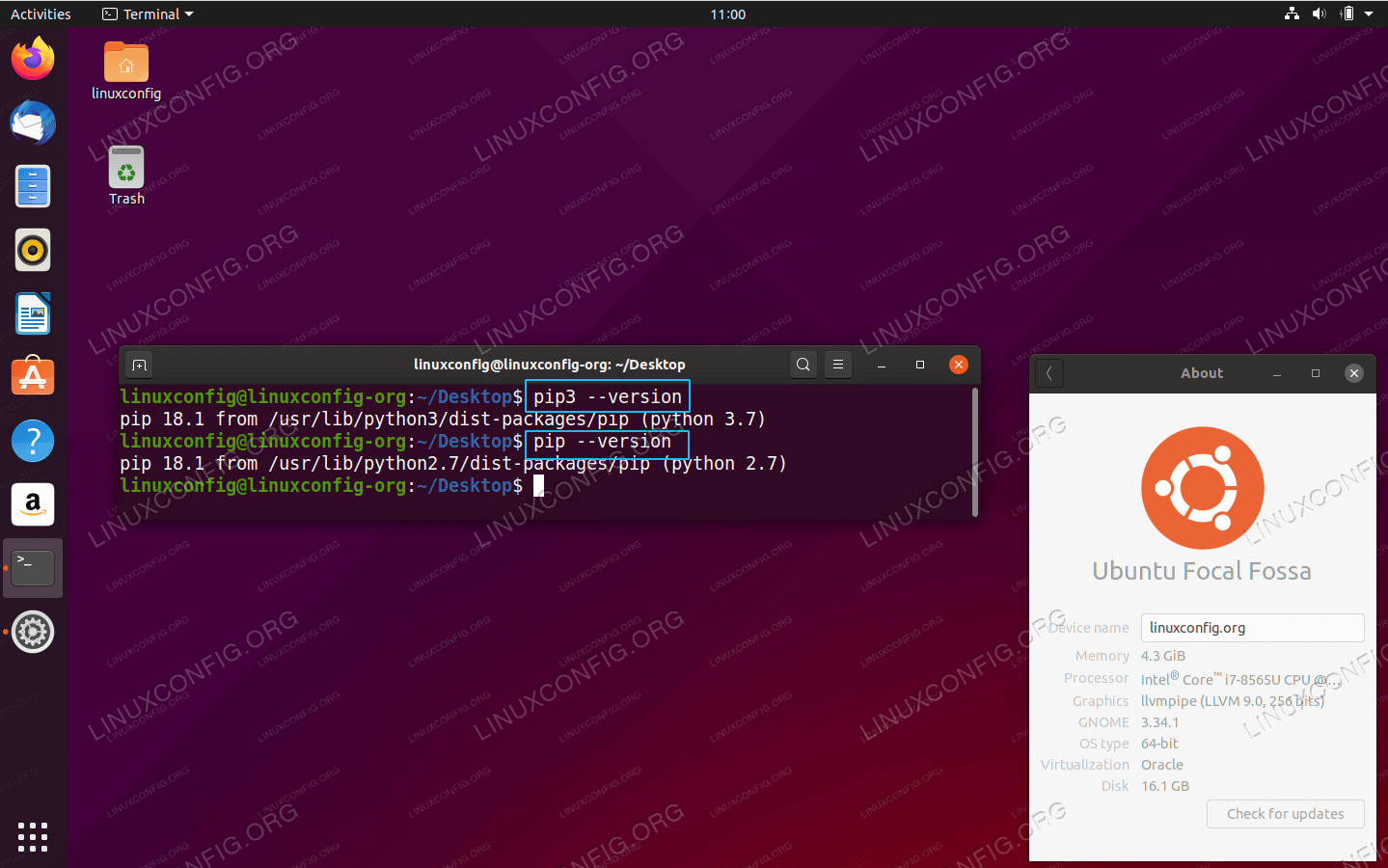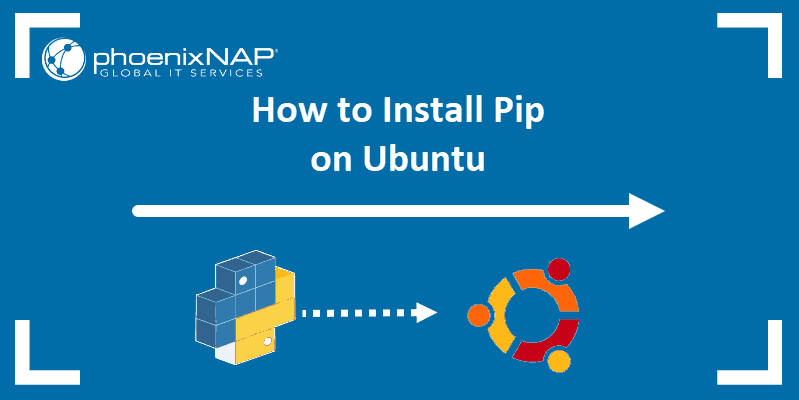

- #How install pip3 how to#
- #How install pip3 update#
- #How install pip3 upgrade#
- #How install pip3 software#
- #How install pip3 windows#
Type the following pip command in the console: C:\Users\Username> pip install virtualenv Pip3 command also provides you the facility to list all the packages installed on your Ubuntu system by using this command.
#How install pip3 how to#
You would want to avoid this, and having separate virtual environments for each project is the easiest solution.Ģ. How to list installed packages using pip3 command on Ubuntu. Consequently, whenever a single project-specific package is changed, it changes for all your Python projects.
#How install pip3 software#
Python software packages are installed system-wide by default. Virtualnv enables you to create isolated local virtual environments for your Python projects. If your Python environment does not have pip installed, there are 2 mechanisms to install pip supported directly by pip’s. Now, you need one last software package - virtualnv. A few seconds later, the package is installed and ready to use in Python. You have Python, and you have Pip to manage packages. Check the corresponding box and click on Apply to install it on your system. Instead of this: C:/Python34/Python script.pyĪs you can see, it is cleaner and more manageable.

#How install pip3 upgrade#
In this guide, we have seen how to install and use pip on Ubuntu to install, upgrade and uninstall packages. To view more pip options on the usage of pip run # pip3 -help Proceed (y/n)? y Viewing more options with pip usr/local/lib/python2.7/dist-packages/numpy/* 0 upgraded, 0 newly installed, 0 to remove and 0 not upgraded. To uninstall a package with pip run # pip3 uninstall package_name I recently upgraded from 20.10 to 21.04 After the upgrade, the installed python modules are able to be found, and neither can pip be found After installing pip: Reading package lists Done Building dependency tree Done Reading state information Done python3-pip is already the newest version (20.3.4-1ubuntu2). Successfully installed pip-18.1 To uninstall a package with pip To upgrade a package to its latest version using pip run # pip3 install -upgrade package_nameįor example, we have seen from the output above that we are running pip version 10.0.1.

#How install pip3 windows#
PyTorch installation on Windows with PIP for CPU pip3 install torch torchvision torchaudio PyTorch installation on Windows with PIP for CUDA 10.2 pip3 install torch1.10.0+cu102 torchvision0.11.1+cu102 torchaudio0.10. PyTorch installation with Pip on Windows. You should consider upgrading via the 'pip install -upgrade pip' command. This tutorial provides steps for installing PyTorch on windows with PIP for CPU and CUDA devices. To install a specific version of a package You should consider upgrading via the 'pip install -upgrade pip' command. You are using pip version 10.0.1, however version 18.1 is available. This allows you to install a specific module per project without worrying about the module affecting other Python projects.

a virtual environment creates an isolated environment for several python projects. When installing python modules, it's recommended that you do so in virtual environments. Now that we have seen how to install various versions of pip in different python environments, it's time to see how we can use it to install, upgrade and uninstall packages. Output # pip 10.0.1 from /usr/local/lib/python2.7/dist-packages/pip (python 2.7) Using pip in package management To verify the installation of pip, run # pip -version
#How install pip3 update#
If you wish to install Python2 and pip for Python 2 run the following commands Update the system # sudo apt-get update Install pip for python2 # sudo apt-get install python-pip Checking the version of pip Python2 is not installed by default on Ubuntu 18.04. Output pip 8.1.1 from /usr/lib/python3/dist-packages (python 3.5) Install pip for Python2 on Ubuntu


 0 kommentar(er)
0 kommentar(er)
